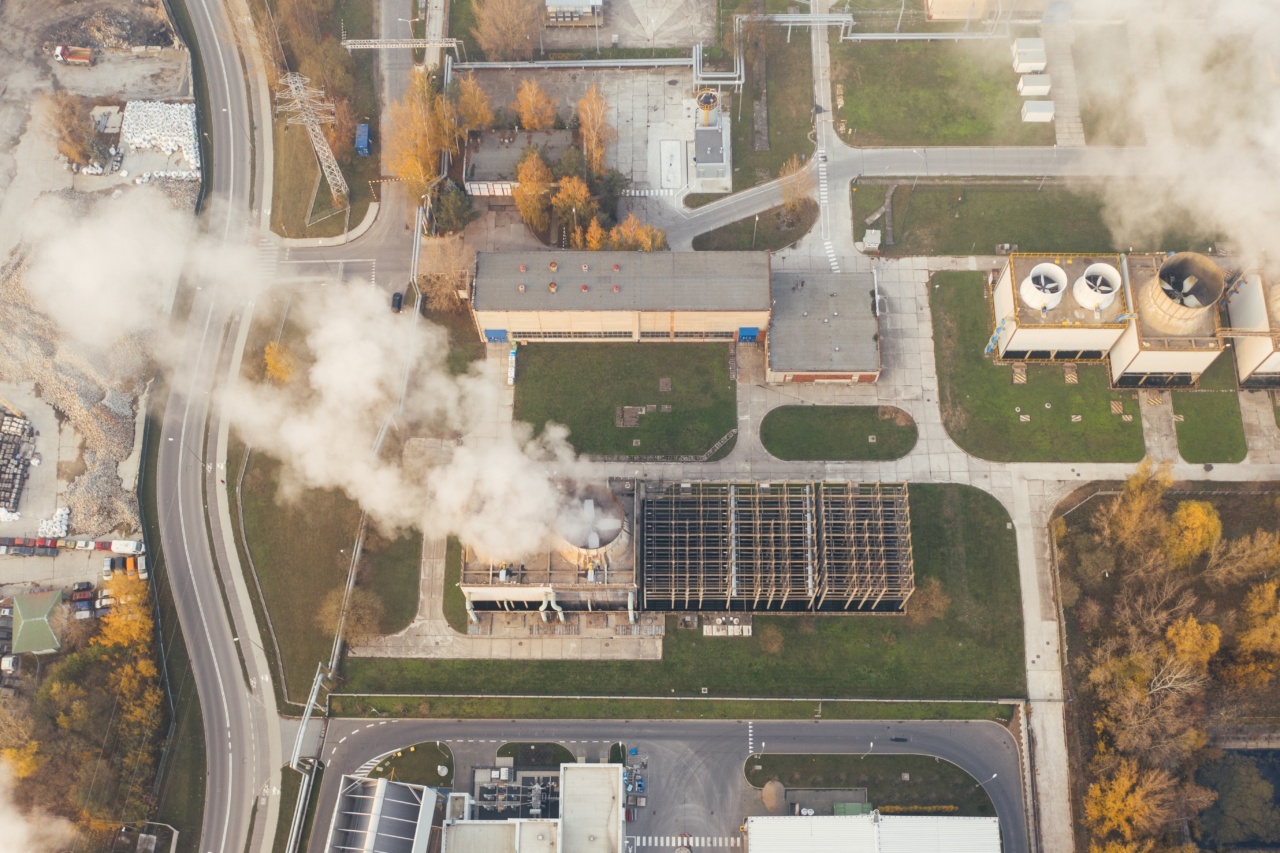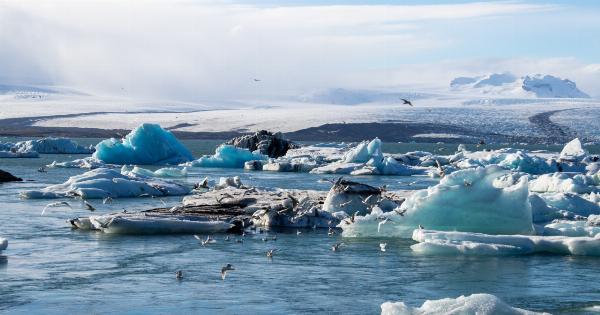Global warming is a critical issue that has been affecting global health and ecological balance. Experts predict that global warming may cause more pandemics in the near future.
The increased melting of polar ice, rising sea levels, and deforestation are all factors contributing to a warmer and more vulnerable planet. With the growing threat of pandemics, it is essential to understand how global warming is linked to these health crises and what steps we can take to prevent them.
What are pandemics?
Pandemics are outbreaks of infectious diseases that spread globally and affect a large portion of the population. Pandemics are caused by viruses, bacteria, or other microorganisms that have the potential to cause severe illness and death.
Pandemics have far-reaching social and economic impacts, and they can disrupt the global economy, cause severe illness, and even lead to death.
Global warming and its impact on pandemics
Global warming is making our planet more vulnerable to pandemics. It is causing changes in our environment, which is creating the perfect conditions for the spread of deadly diseases. Here are some of the ways global warming is impacting pandemics:.
1. Increased temperature and humidity
Global warming is causing an increase in temperature and humidity, which makes it easier for viruses and bacteria to thrive. Warmer temperatures also increase the number of mosquitoes, which can transmit diseases.
For example, the Zika virus, which is transmitted by mosquitoes, became a global health concern in 2015-2016, and it was linked to global warming.
2. Melting of polar ice caps and exposure of ancient viruses
The melting of polar ice caps due to global warming is also a significant concern. As the ice melts, it exposes ancient viruses that have been locked in the ice for thousands of years.
These viruses can pose a significant threat to human health if they are released into the environment. In 2016, an outbreak of anthrax in Siberia was linked to the melting of permafrost, which is a result of global warming.
3. Changes in animal migration patterns
Global warming is causing changes in animal migration patterns and behavior. These changes can increase the exposure of humans to animal-borne diseases.
For example, Lyme disease, which is transmitted by ticks, has become more widespread in the Northern Hemisphere due to changes in animal behavior caused by global warming.
4. Deforestation and habitat loss
Deforestation is another critical factor contributing to global warming, and it is also affecting the spread of pandemics. Deforestation and habitat loss are causing animals to migrate and come into contact with humans more frequently.
This increased contact is causing the spread of diseases that were previously confined to animal populations. The Ebola virus epidemic in West Africa in 2014-2016 was linked to deforestation and habitat loss.
Preventing pandemics caused by global warming
Preventing pandemics caused by global warming requires a multifaceted approach. Here are some of the steps we need to take:.
1. Addressing climate change
The most critical step we can take to prevent pandemics caused by global warming is to address climate change. This can be done through reducing carbon emissions, investing in renewable energy, and adopting sustainable land use practices.
Governments, businesses, and individuals all have a role to play in addressing climate change.
2. Strengthening global health systems
Investing in global health systems is critical to preventing pandemics. We need to ensure that countries have the necessary resources and infrastructure to monitor, detect, and respond to outbreaks quickly.
This requires funding and resources from governments and international organizations.
3. Promoting public health
Public health education is key to preventing pandemics. We need to educate individuals about how to protect themselves and their communities from infectious diseases.
This includes promoting hand hygiene, wearing masks in crowded areas, and staying home when sick.
4. Reducing deforestation
Reducing deforestation and habitat loss is also critical to preventing pandemics. We need to protect and restore forests and other natural ecosystems to reduce the risk of disease spread.
Conclusion
Global warming is a pressing issue that has far-reaching impacts on human health and biodiversity. It is essential to address climate change and take steps to prevent pandemics caused by global warming.
By working together, we can create a healthier and more sustainable world for ourselves and future generations.































